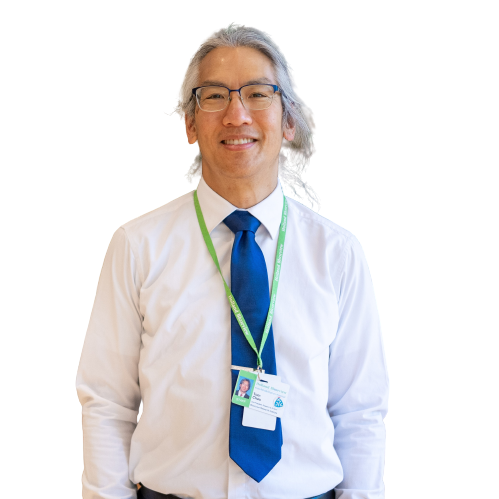Imagine a world where disability is heard

Imagine technology that allows kids who have no existing means of communication to speak and interact with the world around them.
These technologies aren’t the premise of a science fiction novel. Brain computer interface (BCI) technology and the Hummingbird are just a few of the assistive technologies developed by the PRISM Lab at the Bloorview Research Institute (BRI), which is embedded within Holland Bloorview Kids Rehabilitation Hospital.
Using BCI technology, kids wear sensors that detect their brain activity and converts it into electric signals. The signals transmit to a computer and connect to a nearby technology, helping the child to communicate by turning a switch on and off, or controlling a toy. The Hummingbird is a technology that detects vocal cord vibrations – such as humming – and transfers them to different interfaces, including computers and communication devices.
These groundbreaking technologies can mean that a child will be able to communicate their favourite colours, their dreams, or even tell a parent “I love you” for the first time.
Dr. Tom Chau, director of the PRISM Lab, believes that communication is a fundamental human right – but not every child with a disability has access to that right. Dr. Chau and his team are working hard to change that.
You said in the past that communication is a fundamental human right. Does ableism create barriers to that right for kids and youth with disabilities?
Dr. Chau: Yes, ableism plays a role in creating exclusion. We’ve seen a lot of instances where people ask a child with a disability a question. Before they have a chance to answer, people jump ahead to the next question. And at that point, the conversation is kind of pointless. The child is trying to formulate the answer to the first question and then the person they’re communicating with has already moved on to something else or they answer on behalf of the child. We believe in the PRISM Lab that everybody has the right to communication, no matter how you express yourself. The lab is working to make sure that whatever your way of expressing yourself, we want to find ways to support that.
How do technologies like BCI and the Hummingbird open up communication possibilities for kids and youth with disabilities?
Dr. Chau: The Hummingbird opens up a whole world of control, communication and learning. It gives kids with disabilities a means of expressing themselves, interacting with their environment, controlling things in their world and making decisions. The BCI technology is very similar in terms of its impact, but the technology is fundamentally very different because we bypass the motor system altogether. There is no need for movement. It’s strictly through the power of conscious activity in the mind. When we tap into the mind directly, it’s incredibly liberating.
How does the PRISM Lab team use their imagination to help build an inclusive and accessible world free from ableism?
Dr. Chau: I have to credit all the imagination to my graduate students. They are the most creative individuals. I encourage untethered creativity in the students because they’re so passionate about making a difference. I think it’s a combination of their passion to make a difference in the lives of children, their families, and also their innate creativity that leads to the amazing ideas that we’ve stumbled upon over the years. Holland Bloorview is such a great place for these students to work because they get to interact with the families firsthand and unleash their imagination.
What else can we do to support kids and youth with disabilities?
Dr. Chau: I don’t think we’ve solved communication yet. We’ve made some good headway. There are kids now who can communicate who would not have had a chance to do so 10 to 15 years ago. But there are still many for whom we haven’t found solutions yet. More than 20 years ago, I had a dream that every single child, without exception, would have the opportunity to communicate. And we’re not there yet. It’s still my dream that there will be no child left behind.
